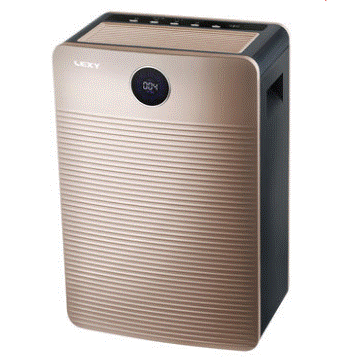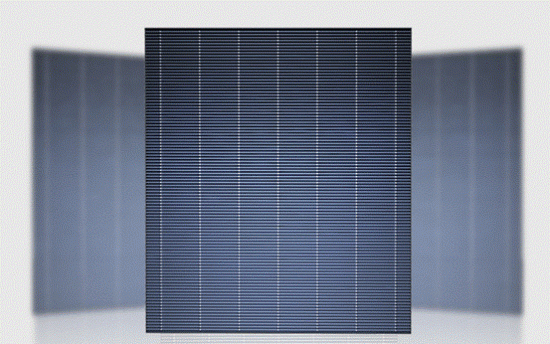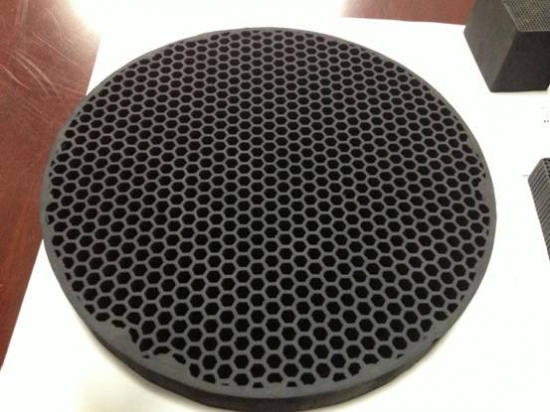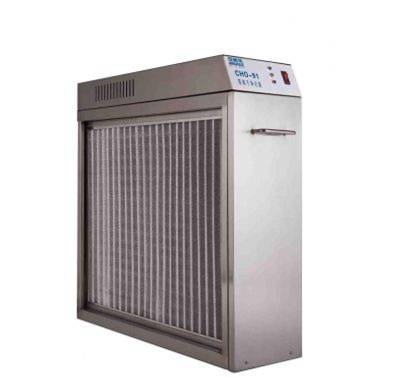The function of the air purifier is very similar to that of the lungs. It is divided into three steps. The first step is to suck in the gas. The second step is to carry out adsorption and filtration treatment in the body. The third step is to release the treated gas. The first and third steps are simple mechanical effects, which are very simple, and the difference in air purifiers is mainly in the second step.

At present, the second part of the air purifier generally includes the following: physical filtration, electrostatic adsorption, and hybrid type.
The first type is pure physical filtration. In fact, it is a fan that blows high pressure and high pressure, and passes air through one or several layers of filters to filter out particulate matter and harmful substances. The core components are mainly HEPA (High Efficiency Air Filter) technology, which is currently the most common in the home market. According to the British BSEN specification, for particles with a diameter of 1 micron, the filtration rate should be above 85% (H10 standard, BSEN1822) can be called HEPA filter. HEPA is also divided into different grades depending on the filtration efficiency, but the difference is quite limited, and most HEPA technologies have been able to meet the needs of the family. Simply put, an air purifier without HEPA is not recommended.

In addition, activated carbon is also a commonly used air purification material. Activated carbon relies on its large number of micropores to adsorb suspended solids. The activated carbon filtration pore size ranges from about 0.3 to 50 microns. Activated carbon can also adsorb toxic and harmful gases. Different activated carbons have different adsorption pore sizes and different interception effects. The smallest micropores can adsorb nanometer-scale volatile gases.

The second principle is to perform adsorption by static electricity. It is also well understood that some dust or hair is absorbed on the winter coat. The principle of this type of air purifier is that when the air passes through a high-voltage electric field, ionization occurs, and the ionized gas positive ions are absorbed into the cathode electric plate, and the negative ions are repelled by the cathode, which is attached to the contaminant molecule to bring it negative. The charge, after which the negatively charged contaminant molecules are adsorbed on the anode plate. Electrostatic precipitators are currently available to process molecular grade materials with particles that can be removed to a minimum diameter of 0.01 microns. The electrostatic adsorption type air purifier does not need to replace the filter screen, and it is enough to rinse the filter screen regularly.

Of course, the electrostatic precipitator has two disadvantages. 1. The high-voltage electric field generates ozone, so be sure to pay attention to ventilation when using it. It should be known that ozone can only have a bactericidal effect when it is at a low concentration, but the harm to the human body when the concentration is high is no less than PM2.5. 2. The ability to remove formaldehyde is minimal.

It is the key to choose the right purifier for the health of the family. Lake AP71 air purifier, large clean air volume air purifier, fast de-purification, long-acting aldehyde removal, three intelligent modes to meet various needs, leading the new national standard Chinese family builds.
Buy direct: Tmall search "Lake household appliances franchise store"
到手价: 2999
Daily price: 3399
Gift value of 800 yuan original filter
Pharmaceuticals,2-Methyl- Propanoic Acid Monohydrate Price,2-Methyl- Propanoic Acid Monohydrate Free Sample,Pure 2-Methyl- Propanoic Acid Monohydrate
Zhejiang Wild Wind Pharmaceutical Co., Ltd. , https://www.wild-windchem.com
